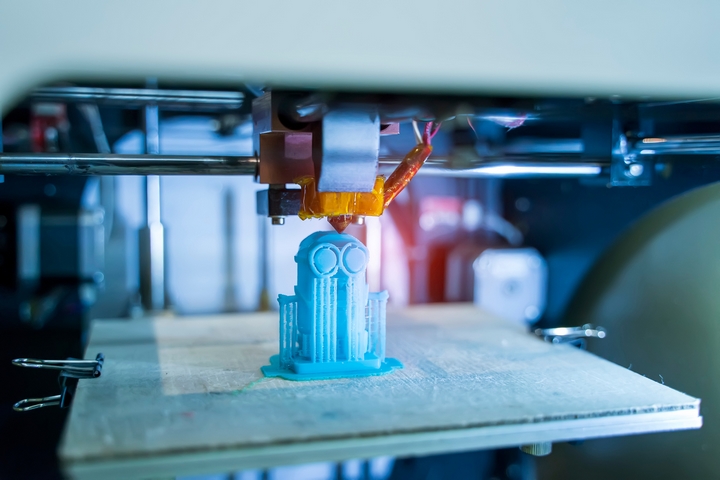5 Important Steps in the Design Thinking Process
Design thinking is an innovative ideology that can help us solve complex problems with a creative, outside-of-the-box approach. It can be used to design and develop new products or services, but also in a variety of contexts.
As you can see, the design thinking process can be a precious tool for your business. If you have a complex problem and you would like to find the best possible solution for it, it would be a good idea to learn more about this process, or to consider a Design Thinking workshop.
More and more businesses are relying on the design thinking process to solve many of the problems or challenges they are facing. Its purpose is to always put the needs and expectations of the target user first, while also making sense with the requirements of the business or organisation.
Are you wondering if design thinking could be useful in your situation? If so, start by learning more about the five steps of the design thinking process:
1. Empathise

The first step in the design thinking process is to empathise with the people you want to develop a product or service for. If you already have assumptions about how your new idea should work or look like, it’s time to put them aside.
Empathy will allow you to understand the needs, the experiences, and the motivations of the people who will be using your product or service. Who are these people? What do they really want? Which problems or challenges could you help them solve?
For this step of the process, you can consult experts who will be able to bring you interesting insights, but you should also consult the people you are developing your idea for. Conduct interviews, ask questions, and engage with them until you understand their situation and their needs.
2. Define

The second step in the design thinking process is defining the main problem you want to solve with your product or service. This can be done by analysing what you have learned during the first step. If your target users have different problems, you will have to focus on one of them at a time.
You can define the problem you want to solve by formulating a problem statement. This human-centered statement will be all about what your target users need, instead of being about what your business needs or wants to do.
For example, instead of stating “We need to sell more boxes of our new collection of healthy herbal tea blends to young adults”, you should state something like “Young adults would benefit from delicious herbal tea blends that can help them relax after a long day, or stay focused on their work”.
3. Ideate

Now that you know who your target users are, and what problem you want to help them solve, it’s time to get started with the ideation phase.
All members of your team should be encouraged to contribute, to think out of the box, and to generate ideas that could become solutions to the problem you have identified. You can have a brainstorming session, or ask everyone to try to come up with the worst idea possible, as this is a fun way to encourage creativity and to get rid of assumptions.
At this point, don’t worry about whether ideas are feasible or not. Simply write down everything that comes up. When you have many of them, work on narrowing it down to a few ideas that seem great.
4. Prototype

The next step is all about turning ideas into prototypes. You should ideally be able to identify at least one great idea on your list, or to combine different concepts to create something you want to try.
Your team will now work on developing prototypes, which are scaled down versions of a product or service. At first, each prototype could be a cardboard model, a sketch, or a thorough description. Your team will then be able to test the prototypes and to improve them.
If you have built prototypes for more than one idea, this step will help you decide which one is the best to solve the problems of your target users.
5. Test

Finally, you will have to put your prototypes in the hands of real users, and to gather their feedback. The way they interact with your prototype and the feedback they give you will help you identify possible flaws so you can improve your idea.
This is the only way to ensure the concept you have developed through this process will really be able to solve the problems of your target users.
Keep in mind that the 5 steps of the process don’t always need to be followed in chronological order. Any idea you generate, discovery you make, or feedback you receive could inspire you to revisit one or a few of the previous steps, as this isn’t a linear process.

